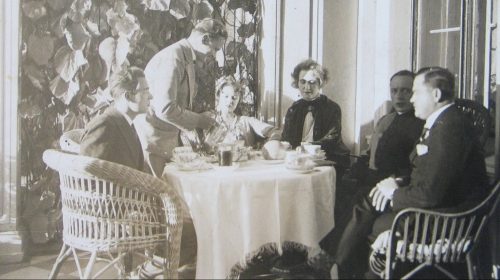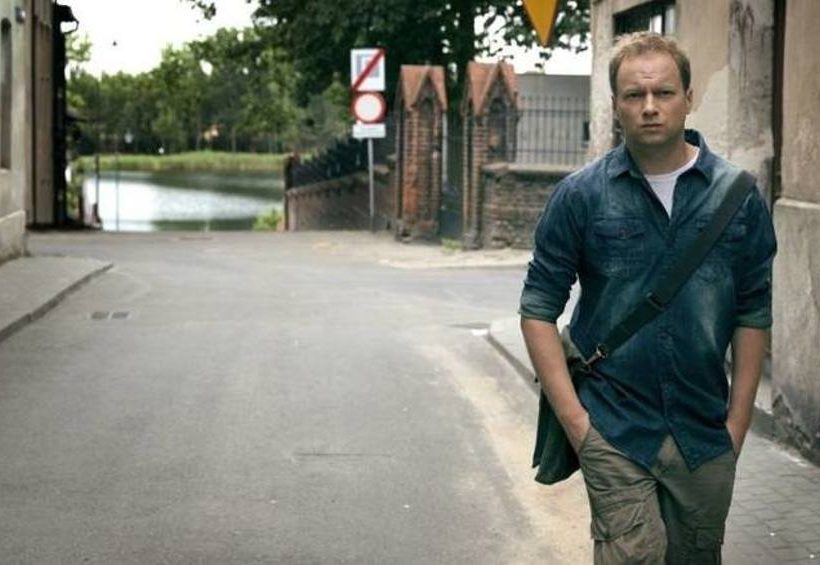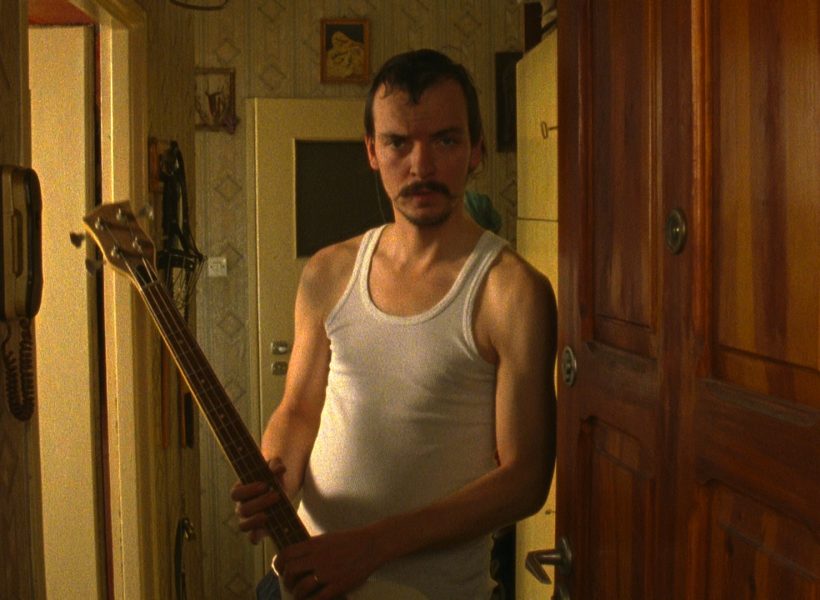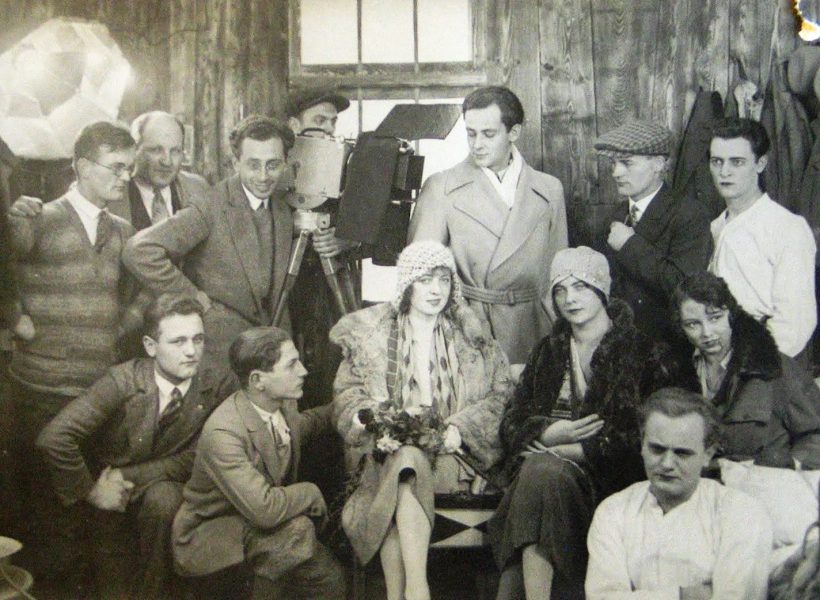Chełmża is one of the oldest towns in the historic Chełmno Land, dating back to the Neolithic period. It was granted its borough rights in 1251 and at the same time became the seat of the Bishopric of Culm. The same year saw the start of the erecting of a cathedral, which would soon become one of the largest Gothic churches in Chełmno Land.
It was in Chełmża where Arnold Stapil, Bishop of Chełmno, paid tribute to King Jogaila (Władysław II Jagiełło), after the lost Battle of Grunwald.
The town has never had favourable conditions for developing, resulting from many centuries of turbulent history. It was devastated on many occasions, through countless marches of troops, numerous wars, and twice during the “Swedish Deluge”; and in the Seven Years’ War, Chełmża stood in the path of the marching troops of the Royal Saxon, Swedish, and Russian Armies. The Great Plague pandemic which befell the town in the years 1708-1710, and the fire in 1762, which consumed nearly the entire town, was the final straw.
During the inter-War period, a beautiful and stunning water tower was erected, in addition to many quintessential villas. That building was the first urban structure of its type in the Pomeranian region, but it might as well have been the first water tower in the whole of Poland. This seven-storey neo-Gothic tower is one of the most-characteristic buildings in the town.
Chełmża is also home to a monument to Charlie Chaplin – most probably the only statue in Poland erected in his memory. The monument is located near one of the shops on ul. Paderewskiego, in the vicinity of the water tower mentioned earlier.
The geographical location of Chełmża is undoubtedly a source of its charm. The town is situated by Lake Chełmżyńskie, and it is vibrant with cultural life, at its centre being the Cultural Centre of Chełmża. The district of Chełmża is home to Centrum Inicjatyw Kulturalnych (Centre of Cultural Initiatives), which is often referred to as “a travelling house of culture.”
It was in Chełmża where film director Łukasz Palkowski decided to set his Belfer, one of the most-interesting Polish TV series in recent years. He takes viewers through mysterious narrow streets, reviving the Old Town in Chełmża, and revealing the appeal of its architecture, dating back to the 19th Century. Some of the scenes in the film were shot on the streets of the Old Town in Chełmża leading to the beach, for example on ulica Wodna.
The characters in the movie are often filmed near the beach in Chełmża, and in some of the scenes one can see a diner named Kozaczek, which is in fact the Mistral restaurant, located on ul. Łazienna.
In the series, we can see Chełmża as an intriguing and mesmerising place, a face it has not shown before.
The beach in Chełmża frequented by the protagonists in Belfer was also an outdoor location used by Jędrzej Bączyk to shoot his short film entitled Coyote, telling a story about Adaś, a rebellious teenager trying to find love. The director shot his film not only on the municipal beach, but also took advantage of the charming narrow streets in the Old Town, and a hangar belonging to ZHP (the Polish Scouting and Guiding Association), located on ul. Sądowa.
The village of Pluskowęsy, situated in the Chełmża district, became a location for a film by Bernard Marwiński entitled Panienka z chmur (The Young Lady from the Clouds). It was shot inside a neo-Gothic mansion, built for Antoni Kalkstein in 1867.





